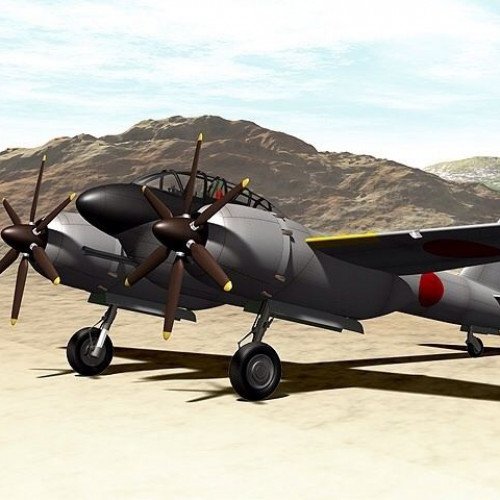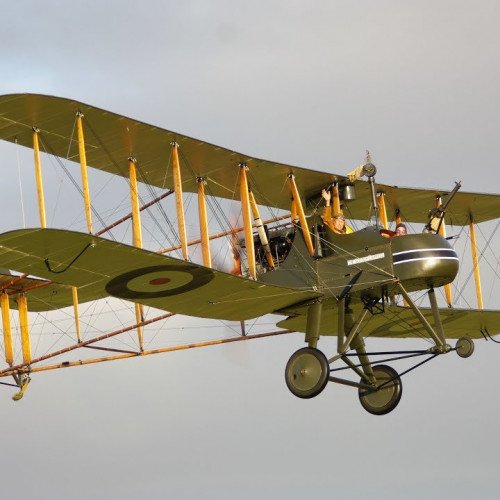Rikugun Ki-93 vs Royal Aircraft Factory F.E.2

Rikugun Ki-93
The Rikugun Ki-93 was a prototype Japanese twin-engined fighter aircraft of the Second World War. Designed by the Army Aerotechnical Research Institute, to be a heavy fighter armed with large calibre cannon to serve in the anti-shipping or bomber destroyer roles, only one example of the Ki-93 was completed; this was damaged on its maiden flight, and destroyed by American bombing before it could be flown again.
Statistics for this Xoptio

Royal Aircraft Factory F.E.2
Between 1911 and 1914, the Royal Aircraft Factory used the F.E.2 (Farman Experimental 2) designation for three quite different aircraft that shared only a common "Farman" pusher biplane layout. The third "F.E.2" type was operated as a day and night bomber and fighter by the Royal Flying Corps during the First World War. Along with the single-seat D.H.2 pusher biplane and the Nieuport 11, the F.E.2 was instrumental in ending the Fokker Scourge that had seen the German Air Service establish a measure of air superiority on the Western Front from the late summer of 1915 to the following spring.